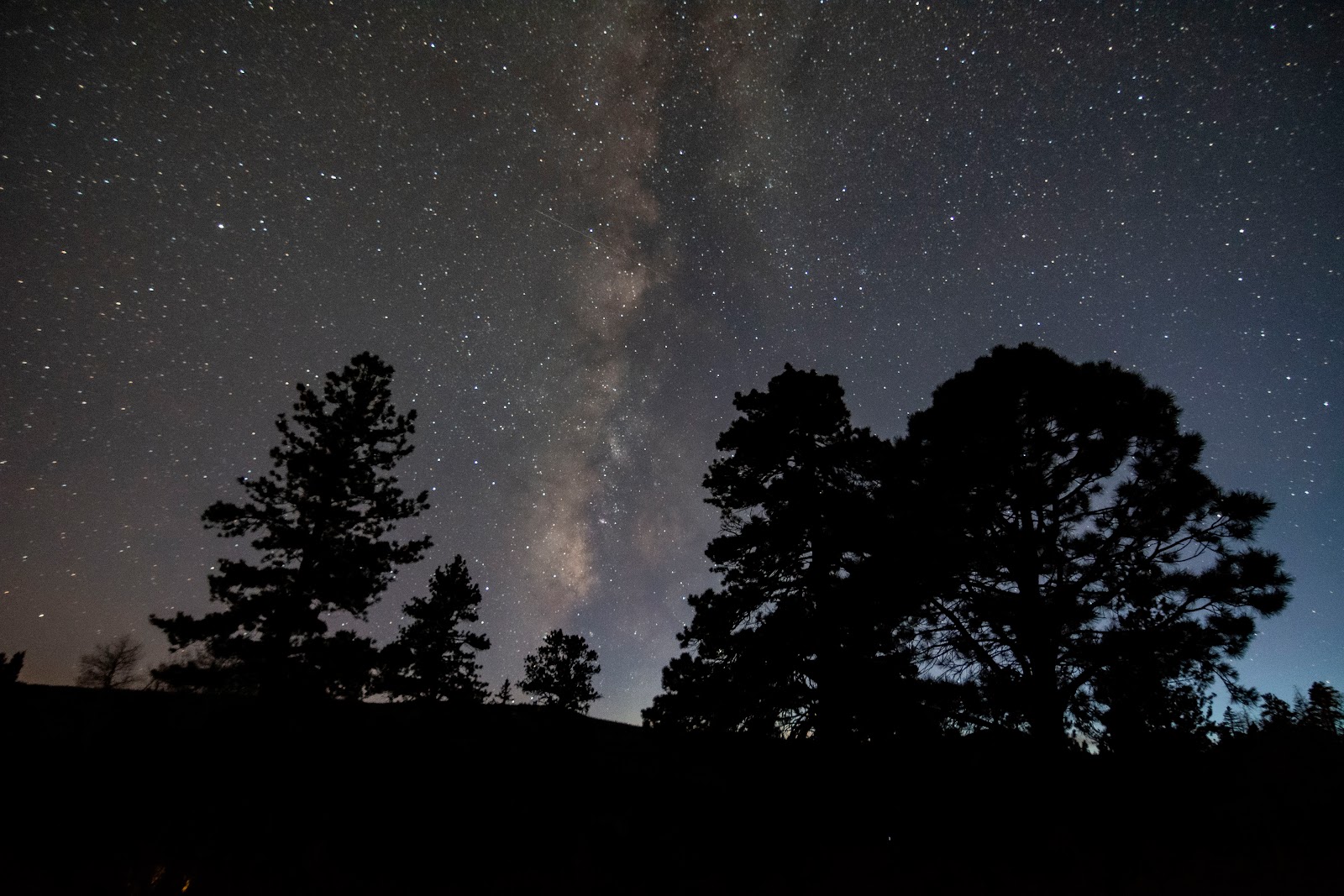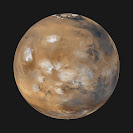Introduction
December 2024 offered a few stargazing highlights; most notable to me were the planets in the evening and early morning sky. Venus was the first and easiest planet to spot, followed by Jupiter. Saturn could be found as the sky darkened, moving slightly closer to Venus as the month progressed. Brilliant, red Mars was easy to spot during the clear mornings. Due to the weather, holiday plans, and feeling under the weather, I could not catch either meteor shower during December.
January will bring the return of the Quadrantid Meteor Shower, one of the best meteor showers. Mars will (finally) reach opposition during the month, and a planetary conjunction between Venus and Saturn will occur. If we are lucky, there may even be an unaided-eye comet visible!
Mercury will be found rising above the mountains in the morning sky during the first few weeks of the year. The best time to view the planet will be the first morning of the year when the innermost planet shines at -0.4 magnitude and is about 12° from the bright star Antares. On the 7th, Comet G3 (Atlas) will be just 5° below Mercury. It is still unclear if this comet will get bright enough for the unaided eye, but it's worth checking out regardless. Mercury will sink closer to the horizon until it becomes lost from view by mid to late month, depending on how close an observer is to the Rocky Mountains.
Venus will be easy to pick out in the night sky throughout January. It will be the brilliant object found in the southwest shortly after sunset. A thin crescent Moon will join Venus on the 3rd of this month. Observers should also notice Venus moving closer to Saturn during January. The pair will reach their closest in our night sky on the 17th, just 2° apart.
Mars may be the highlight of January as the Red Planet reaches opposition this month. During opposition, on the 15th, Mars will shine at magnitude -1.4, as bright as Sirius, the brightest star in the night sky. In fact, the pair will be close together in the night sky and contrast nicely with Mars's reddish color and Sirius's blue-white color. The Full Moon will pass in front of Mars for Utahns on the 13th. This occultation will begin just before 7:00 PM and will end with Mars popping out above the Moon around 7:50 PM.
Jupiter reached opposition last month but will still be an excellent target for observation. This gas giant will be visible after sunset above the Rocky Mountains and can be found close to Aldebaran, the red eye of Taurus. Jupiter and Aldebaran will contrast nicely with the star's red glow and Jupiter's bright white as it reflects sunlight. Several Galilean Moon transits can be viewed throughout the month, so be sure to check out the Moons of Jupiter & Saturn app for Android or JupiterMoons for Apple devices. The Great Red Spot may also be seen at specific times depending on the observers' location, which the resources mentioned above can also be helpful. An observer will need a four-inch (100 mm) telescope or larger to view the transits and the Great Red Spot. I enjoy viewing all of the planets, but Jupiter is one of my favorites. The Moon will be close by on the 10th.
Saturn and Venus have been inching ever closer throughout December and will finally reach their closest on January 19th. A widefield eyepiece should show both planets in a single field of view. A few of Saturn's moons can be seen transiting the planet during December. The Moons of Jupiter & Saturn app for Android or Saturn's Satellites web app can be used to find the locations of several of Saturn's moons. For those with Apple devices, JupiterMoons and SaturnMoons should offer similar results. The Earth's Moon will pass close by on the 4th.
Uranus will continue to be found close to the Pleiades this month. The Moon will join the pair on the 9th, occulting the Pleiades. This occultation will begin immediately after sunset and will continue until close to 9:00 PM. This can be seen with the unaided eye, but a pair of binoculars will significantly enhance the experience.
Neptune will be located above Saturn on January 4th. Observers looking west after sunset will first notice Venus, followed by Saturn. At this time, Neptune is about the same distance from Saturn as Venus is from the ringed planet. The Moon will join Neptune in the early evening sky on the 5th.

The Quadrantids and Comet G3
The Quadrantid Meteor Shower, one of the best of the year if weather permits and an observer is willing to brave the cold, will peak on the 3rd this year. Like most meteor showers, the Quadrantids are best viewed during the predawn hours when their radiant is high in the sky. During the peak date, observers can see up to 80 meteors per hour. The Quadrantids are known to have outbursts, which may boost this number to 100 meteors per hour. The Moon will be out of the sky and will not interfere with this shower.
A new comet has come on the scene. Comet G3 may brighten enough to be seen without optical aid. The best time to view Comet G3 will be before sunrise during the first 10 days of the month and after sunset for the remainder of January. It's estimated to reach peak brightness on the 13th, but it will require a clear view of the western horizon after sunset. After this date, Comet G3 will quickly fade as it returns to the outer solar system.
 |
Monthly Breakdown
January 03: Quadrantid Meteor Shower peaks
January 03: Moon passes within 2° of Venus
January 04: Moon passes within 1° of Saturn
January 05: Moon passes within 2° of Neptune
January 06: First Quarter Moon 🌓
January 09: Moon passes within 4° of Uranus
January 10: Moon passes within 5° of Jupiter
January 13: Full Moon 🌕
January 13: Moon occults Mars
January 15: Mars reaches opposition
January 19: Venus and Saturn planetary conjunction
January 21: Last Quarter Moon🌗
January 29: New Moon 🌑January 31: Moon passes within 2° of Saturn








No comments:
Post a Comment